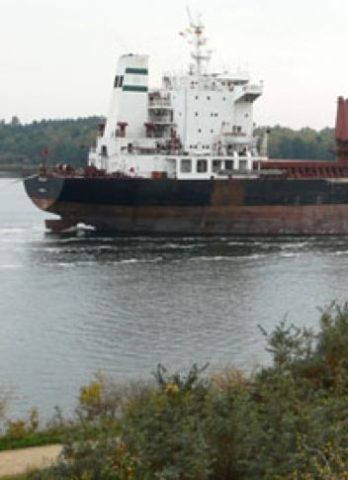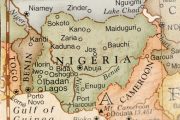
In the years since America’s ignominious withdrawal from Somalia, the famine and civil war have subsided, but no functional central government has been able to impose order on the unruly Somali clans. Occasionally targeted by American aircraft during the War on Terrorism, Somalia may have harbored al-Qaida and terrorist training facilities.
Now, as another President Bush prepares to exit the Oval Office, Somalia is once again world news, but not for civil war or terrorism. In the years since the civil war, piracy has flourished along the Somali coast, an area adjacent to major shipping lanes out of the Middle East. With speedboats, automatic weapons, RPGs, and increasingly bold attacks, Somali pirates have turned hijacking on the high seas into something of a fine art — and a lucrative one to boot. Not particularly prone to violence (unlike the more bloodthirsty pirate gangs that prey on ships in the Straits of Malacca and parts of the East Indies), Somali pirates are primarily interested in ransom, commandeering 36 ships so far this year and sailing them back to pirate strongholds along the Somali coast, and negotiating millions of dollars in ransoms for the release of ships, cargo, and hapless crews.
Most recently, the spectacular seizure, hundreds of miles out to sea, of the Sirius Star, a Saudi oil tanker carrying $100 million dollars worth of crude oil (2,000,000 barrels) has attracted international attention. At the time of writing, the enormous vessel — the largest ship ever hijacked — whose contents represent more than a quarter of an entire day’s output of crude oil for all of Saudi Arabia, is in port near the Somali town of Eyl, where a number of other hijacked boats awaiting ransom are also being held.
Piracy on the high seas has long influenced the governments of powerful nations. The Roman conquest of the Aegean in the second century BC brought them into direct conflict with the Cilician pirates, based in southwest Asia Minor but occupying strongholds all over the Aegean. Young Julius Caesar was captured by them and held for ransom. After his release, he returned with a small military force, captured the pirates who had held him captive, and hung them all — as he had promised them he would do during his captivity.
A few years later, after a bold attack on the Italian city of Ostia, the Roman Senate gave their best general, Pompey, unprecedented power to wage war on the pirates. The war was brief and successful, but the political precedent — of creating a military dictator to deal with a perceived emergency — proved unhappy for Rome, facilitating the ascendancy of Julius Caesar and later, Octavian.
In the late 18th and early 19th centuries, pirates based in Mediterranean North Africa captured many American vessels and their crews, typically detaining them until bribes or ransom was paid. It was the depredation of the Barbary pirates that prompted the fledgling United States to create a navy. Two Barbary Wars, in 1801 to 1805 and in 1815, were fought between the American navy and the pirates before American shipping in the Mediterranean and the eastern Atlantic was safe from piracy.
Given the increasing boldness of the Somali pirates’ attacks on shipping in the Gulf of Aden, and the vulnerability of huge, unarmed oil tankers and other cargo vessels, it is possible that the United States may again be drawn into the Somali vortex, although whether the United States has the economic or military resources to launch a third war of occupation is doubtful.
Photo: AP Images



